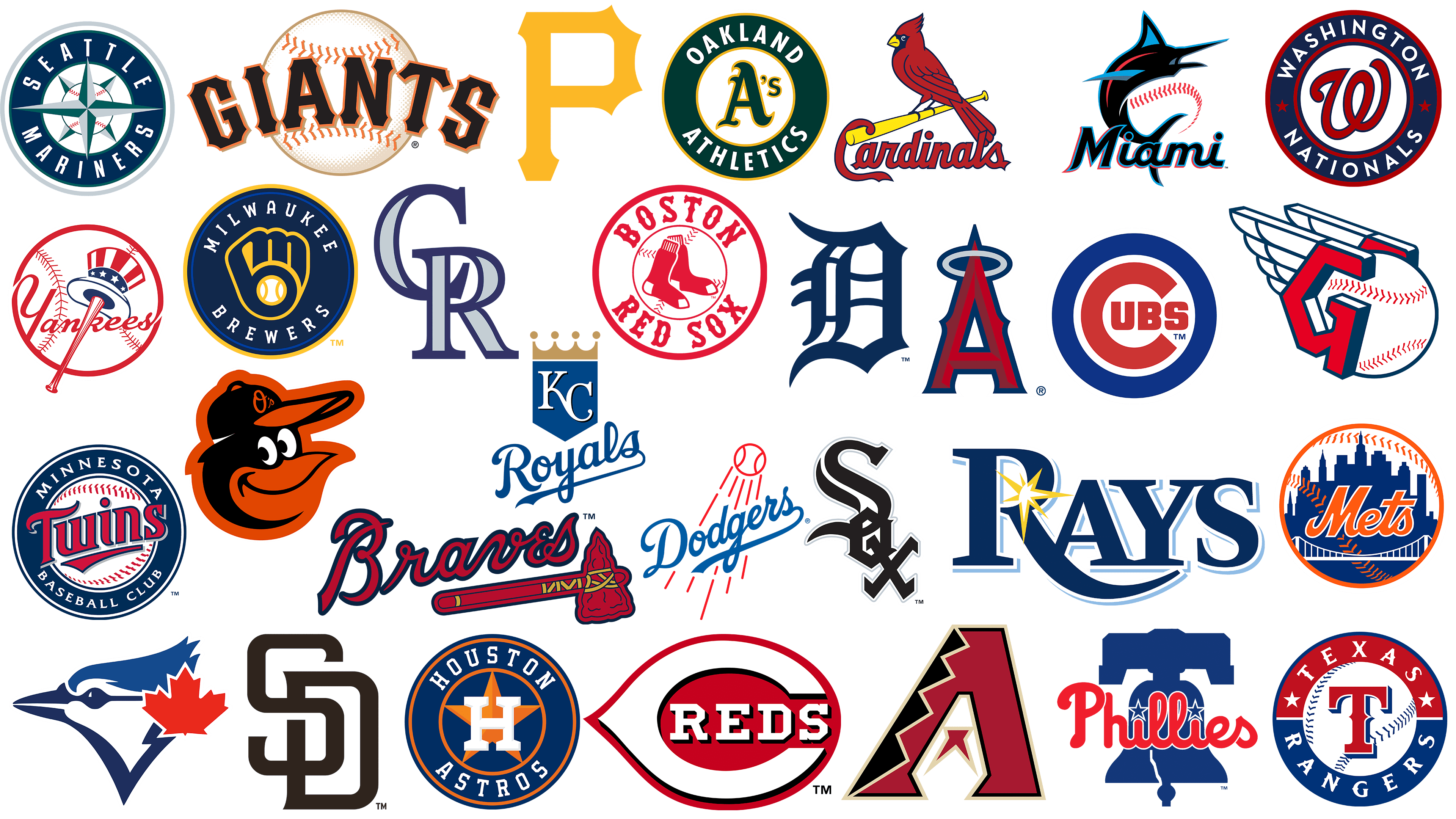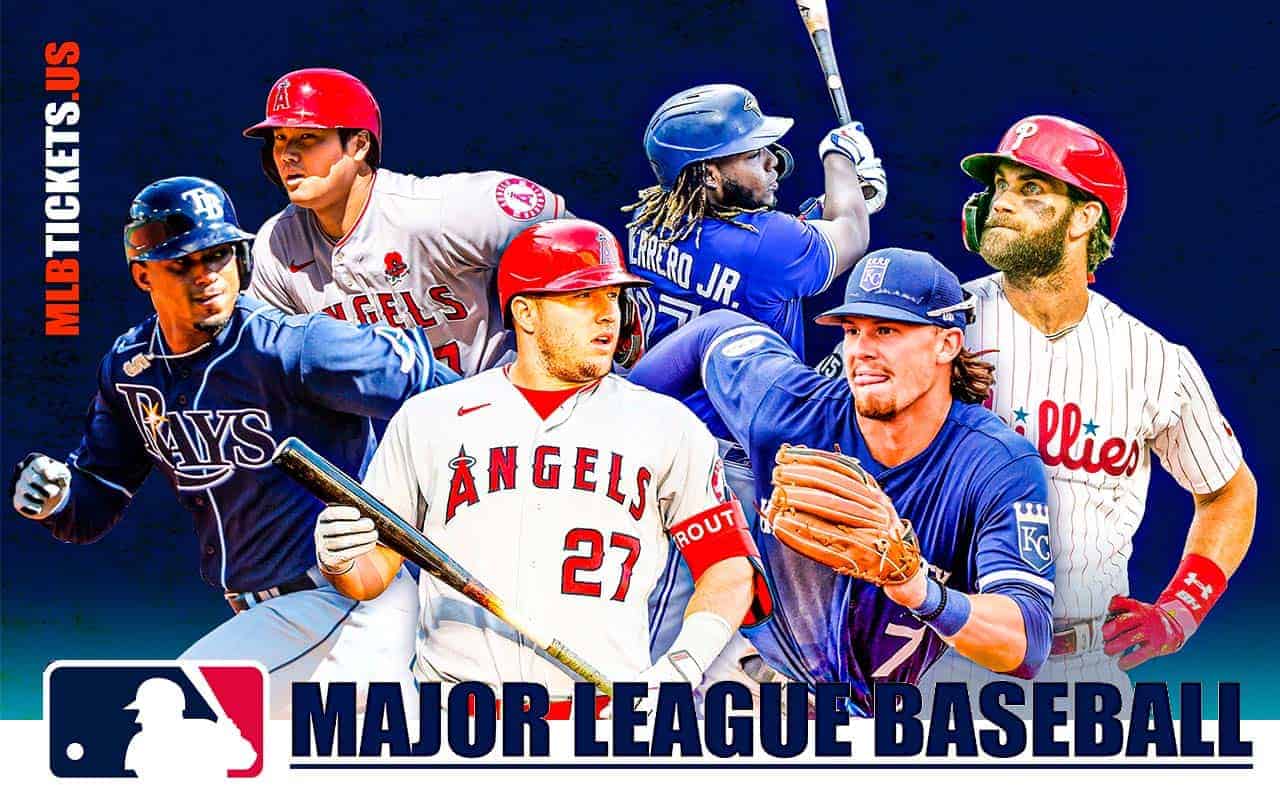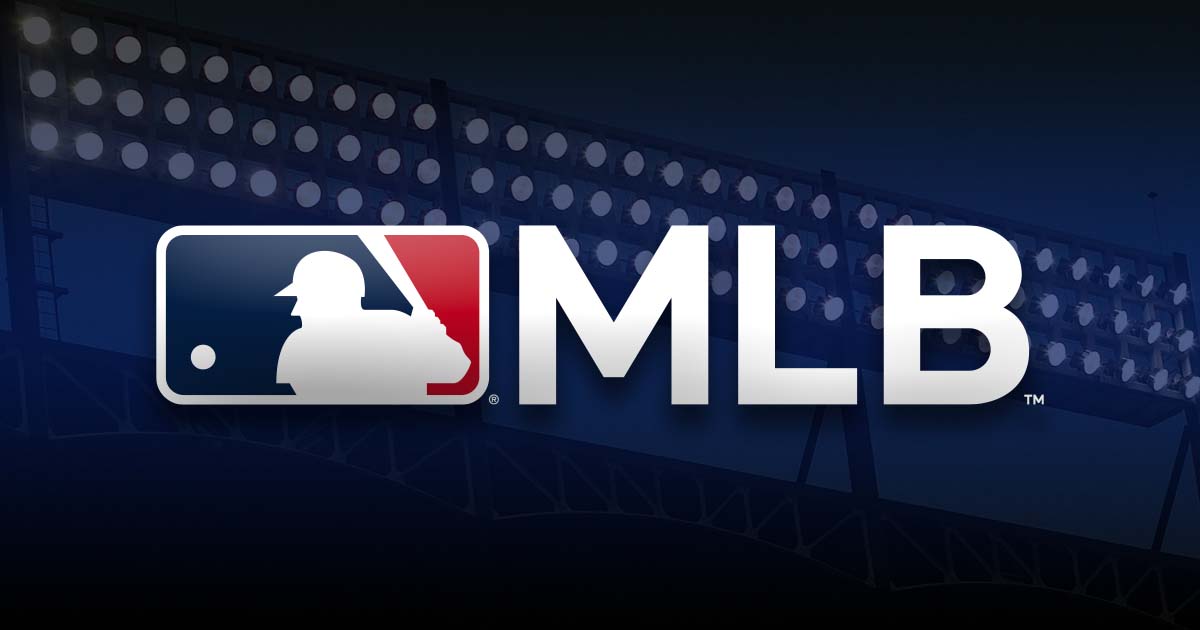Have you ever wondered about the financial side of America's pastime, especially for those just starting out? The question of the MLB minimum salary is one that pops up quite a bit, you know, for fans and folks who follow baseball's business. It's a pretty big deal, actually, because it sets the baseline for what a professional baseball player can expect to earn when they first make it to the big leagues. This figure, you see, isn't just a random number; it's a key piece of the financial puzzle that shapes player careers and team budgets across Major League Baseball.
It's interesting to think about, isn't it? From the thrilling live scores you can catch on ESPN, to the detailed player stats and news from CBS Sports, or even the exclusive games you stream on ESPN+, the money aspect is always there, kind of in the background. MLB, as you might know from mlb.com, is the premier professional baseball league globally, and it’s a massive operation. Every player, from the seasoned veteran to the fresh face, has their earnings tied into this system, and the minimum salary is where it all begins for many.
So, we're going to take a closer look at what the MLB minimum salary really means. We'll explore who gets it, how it's decided, and what kind of impact it has on the players and the sport itself. It's a topic that, you know, comes up often in discussions about player compensation and the overall health of the game. It’s a very important figure for new players, and it helps to shape their early time in the big leagues.
Table of Contents
- What is the MLB Minimum Salary?
- How the Minimum Salary is Determined
- Who Earns the MLB Minimum Salary?
- Impact on Players and Teams
- MLB Minimum Salary vs. Average Salary
- Frequently Asked Questions About MLB Salaries
- The Future of Player Pay in Baseball
What is the MLB Minimum Salary?
The MLB minimum salary is, basically, the lowest amount of money a player can be paid for spending time on a Major League Baseball team's active roster. This figure changes, you know, over time. It's not a fixed number that stays the same year after year. Instead, it gets updated periodically, often as part of larger agreements between the league and the players' union. For a player just breaking into the big show, this minimum figure represents a crucial step, offering a certain level of financial stability.
It’s worth remembering that this salary applies to players who are actually on a big league club, not those in the minor leagues. The minor league system, as you might guess, has its own pay structure, which is typically much lower. So, when we talk about the MLB minimum, we're referring to that top tier of professional baseball, where the games count for real, and the stakes are quite high. It's a fundamental part of how player compensation works in the sport.
This minimum salary, you see, is also a pretty clear indicator of the overall economic health of the league. It reflects negotiations and agreements that consider many factors, including league revenues and player rights. For someone like a young player who has worked their whole life to get to this point, reaching the MLB minimum salary is a huge milestone, a sign they've made it to the highest level. It's a significant marker in their professional journey, to be honest.
How the Minimum Salary is Determined
So, how does this minimum salary actually get set? Well, it's not something the teams just decide on their own, you know. The process is quite structured, and it involves a lot of discussion and agreement between two very important groups in baseball. This figure is a result of collective bargaining, which is a pretty big deal in professional sports.
The Role of the Collective Bargaining Agreement
The MLB minimum salary is established through what's called the Collective Bargaining Agreement, or CBA. This is a contract, basically, between Major League Baseball, which represents the team owners, and the Major League Baseball Players Association, which is the union for the players. These agreements cover all sorts of things, like player contracts, free agency rules, arbitration, and, yes, the minimum salary. It’s a comprehensive document that, you know, governs much of how the league operates.
During these negotiations, both sides present their cases, discuss their needs, and eventually come to an agreement on various terms, including what the lowest possible salary will be for a big league player. These discussions can be quite intense, as you might imagine, because they affect the livelihoods of many people. The CBA is typically in effect for several years, and when it's about to expire, new negotiations begin, which can sometimes lead to work stoppages, as we've seen in the past. It's a very important document for the sport.
The current minimum salary, or the most recent one, is a direct outcome of these discussions. It reflects what both sides agreed was a fair baseline for player compensation at the major league level. So, when you hear about the minimum salary, you're actually hearing about a figure that was carefully negotiated and agreed upon, which is pretty interesting, if you think about it. It’s a figure that impacts a good number of players, especially those just starting out.
A Historical Perspective
The concept of a minimum salary in baseball isn't new, but the amount has certainly changed a lot over the years, you know. Back in the day, player salaries were much, much lower, and the idea of a guaranteed minimum was quite different. Over time, as the players' union gained more influence and the sport grew in popularity and revenue, the minimum salary has steadily increased. This rise reflects, in a way, the growing value placed on professional baseball players and the overall economic expansion of MLB.
Looking back, you can see how the minimum salary has evolved from what might seem like a very small sum by today's standards to a figure that provides a pretty decent living. This progression, honestly, shows the ongoing struggle and negotiations between players and owners for a fair share of the game's profits. It’s a story of how the business side of baseball has grown and matured, shaping the lives of players for generations. The history of this figure is, in some respects, a history of player rights in the sport.
Each new CBA tends to bring an increase to the minimum, which is good news for players just starting their careers. This upward trend, you know, suggests a continued commitment to ensuring a certain level of financial security for those who make it to the highest level of the game. It’s a constant topic of discussion when new agreements are being worked out, because it affects so many people. It’s a clear sign of progress, really.
Who Earns the MLB Minimum Salary?
So, who are the players who actually earn this minimum salary? Well, it's typically the younger players, you know, those who are just starting their Major League careers. These are often rookies or players with very little service time in the big leagues. When a player is first called up from the minor leagues, or perhaps signed as a free agent with limited MLB experience, they will usually receive the minimum salary.
It’s important to remember that this isn't a permanent state for most players. As they gain more experience, perform well, and accumulate "service time" (which is basically how long they've been in the big leagues), their earning potential goes up. After a certain amount of service time, players become eligible for salary arbitration, where their pay can increase significantly based on their performance, and eventually, they can become free agents, where they can negotiate much larger contracts. So, the minimum salary is, in a way, a starting point rather than an end destination for most.
You'll often see players who are still in their first few years in the big leagues, before they're eligible for arbitration, playing on or very close to the minimum salary. These are the guys who are proving themselves, trying to establish their place in the game. It's a pretty common situation for many young talents, as a matter of fact, as they work their way up the professional ladder. They are, you know, the future of the game, and their initial pay reflects their early career status.
Impact on Players and Teams
The MLB minimum salary has quite a significant impact, not just on the players themselves, but also on the teams and the overall economics of Major League Baseball. It's a figure that, you know, influences decisions on both sides of the field, from roster construction to individual player dreams.
For the Players
For players, especially those who have spent years toiling in the minor leagues for much lower pay, reaching the MLB minimum salary is a truly life-changing moment. It provides a level of financial security they likely haven't experienced before. This allows them to focus more on their game, without the constant worry of making ends meet. It's a huge step up, really, and a clear sign that their hard work has paid off.
This financial stability also means players can invest more in their training, nutrition, and off-season preparations, which can, you know, help extend their careers. It gives them a foundation to build upon, both personally and professionally. For many, it's the realization of a lifelong dream, combined with the practical benefit of a solid income. It’s a pretty big deal for their families, too, offering a sense of relief and opportunity.
However, it's also important to remember that even at the minimum salary, players face a lot of pressure. They are constantly trying to prove their worth to earn more, either through arbitration or future free agency. So, while it's a good starting point, it's also a motivator for continued high performance, which is, you know, part of the competitive nature of the sport. It's a stepping stone, in a way, to bigger things.
For the Teams
From a team's perspective, the MLB minimum salary is a crucial part of managing their payroll and building a competitive roster. Having players on minimum contracts allows teams to fill out their rosters with young talent or depth pieces without breaking the bank. This is particularly important for teams with smaller budgets or those trying to stay under the luxury tax threshold. It gives them, you know, a lot of flexibility.
Teams can, for example, call up promising prospects from their minor league system, knowing that their initial salary commitment will be manageable. This allows them to develop young players at the major league level, giving them valuable experience without a huge financial outlay. It’s a cost-effective way to bring new talent into the fold, which is pretty smart from a business standpoint. This strategy is, basically, essential for sustained success in the league.
It also plays a role in trade decisions. A player on a minimum salary contract is often more attractive in a trade, as they represent a lower financial burden for the acquiring team. So, the minimum salary, you know, isn't just about what a player gets paid; it's a strategic tool for team management, influencing everything from player development to trade negotiations. It's a very practical consideration for general managers.
MLB Minimum Salary vs. Average Salary
When we talk about the MLB minimum salary, it's really important to put it into perspective by comparing it to the average salary in the league. The difference, you know, is quite stark. While the minimum provides a solid foundation, the average salary for a Major League Baseball player is significantly higher, often many times over what the minimum is. This gap highlights the vast range of earnings within the sport.
The average salary gets pulled up by the incredibly lucrative contracts signed by superstar players, who can earn tens of millions of dollars each season. These top-tier players, basically, skew the average considerably. So, while the minimum salary ensures a certain floor, it doesn't represent the typical earnings of a seasoned veteran or a highly successful player. It’s a pretty big difference, actually, between the bottom and the top.
This contrast is, in a way, a reflection of the baseball ecosystem: a few highly paid stars, a larger group of established veterans making good money, and then the entry-level players on the minimum. It shows the pyramid structure of player compensation. Understanding this difference is key to getting a full picture of MLB economics, you know, and how player earnings truly work. It's a very clear illustration of the various tiers of pay in the sport.
Frequently Asked Questions About MLB Salaries
People often have questions about how MLB salaries work, especially the minimum. Here are a few common ones, you know, that come up quite a bit.
What is the lowest salary in MLB?
The lowest salary in MLB is the MLB minimum salary, which is set through the Collective Bargaining Agreement between MLB and the Players Association. This figure changes periodically, typically increasing with each new agreement. It's the baseline for any player on a big league roster.
How much do MLB players make minimum?
The exact amount of the MLB minimum salary varies depending on the Collective Bargaining Agreement in place. It's a figure that gets updated, you know, every few years. For the most current figure, it's always best to check official MLB sources or reputable sports news outlets like ESPN or CBS Sports, as they track these figures very closely.
Do MLB players get paid if they are injured?
Yes, typically, MLB players continue to get paid their salary even if they are injured and on the injured list. Their contracts, you know, generally guarantee their pay regardless of their playing status due to injury. This is an important part of player benefits and protections outlined in the Collective Bargaining Agreement, offering a crucial safety net for athletes. It’s a pretty big deal for their financial well-being.
The Future of Player Pay in Baseball
The MLB minimum salary, like all aspects of player compensation, is always a topic of discussion and negotiation. As the league continues to grow and generate significant revenue, there's often pressure, you know, from the Players Association to ensure that players, including those at the minimum level, receive a fair share. These discussions often come to the forefront during Collective Bargaining Agreement talks, which happen every few years.
We might see continued increases in the minimum salary in future agreements, reflecting the overall health and profitability of Major League Baseball. There are always debates, too, about how to best compensate players, especially younger ones, and how to balance team financial flexibility with player earnings. It’s a complex issue, really, with many different viewpoints. The future of player pay, in a way, reflects the ongoing evolution of the sport's business model.
Keeping an eye on these negotiations and the outcomes of future CBAs is a good way to stay informed about the direction of player compensation in baseball. Sites like mlb.com and major sports news outlets provide regular updates on these important topics. It's a pretty fascinating aspect of the game, honestly, seeing how the money side of things develops alongside the action on the field. It’s a constant conversation, and something that, you know, impacts everyone involved.



Detail Author:
- Name : Ethan Torphy I
- Username : rhianna.hauck
- Email : carrie09@schowalter.com
- Birthdate : 1984-08-03
- Address : 1603 Gutmann Plains South Werner, OK 32150
- Phone : 820-490-4783
- Company : Ledner, Glover and Wuckert
- Job : Web Developer
- Bio : Provident fuga et nam dolores eveniet. Qui saepe voluptas perspiciatis fugiat. Animi libero commodi quia. Eos autem explicabo eaque inventore sapiente minima.
Socials
tiktok:
- url : https://tiktok.com/@weldon_xx
- username : weldon_xx
- bio : Et suscipit aut consequatur magni adipisci.
- followers : 4985
- following : 843
facebook:
- url : https://facebook.com/wwilliamson
- username : wwilliamson
- bio : Rerum facilis dolore inventore mollitia voluptatem.
- followers : 6087
- following : 2638
instagram:
- url : https://instagram.com/weldon_williamson
- username : weldon_williamson
- bio : Quos deleniti dignissimos id excepturi. Eos placeat officiis ad sed.
- followers : 4423
- following : 2789
linkedin:
- url : https://linkedin.com/in/weldon.williamson
- username : weldon.williamson
- bio : Rerum est fugiat ex consectetur ut dignissimos.
- followers : 195
- following : 1801